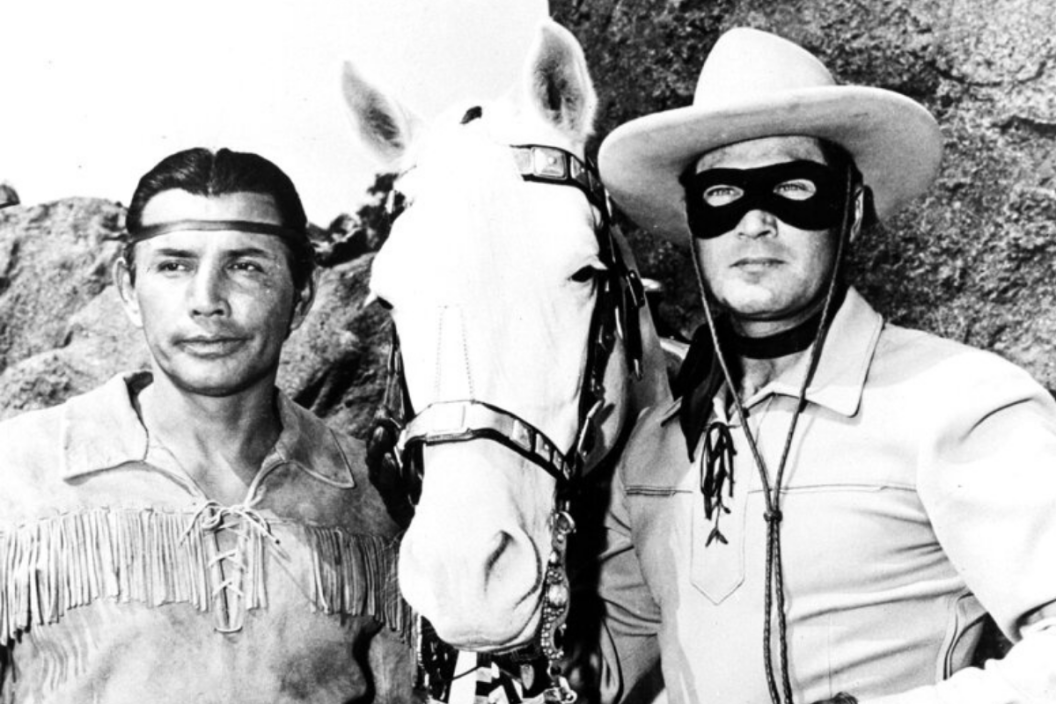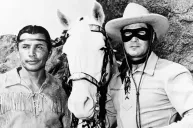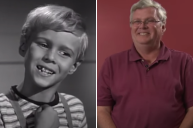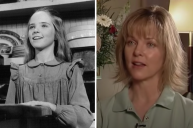Jay Silverheels helped make Tonto one of the most memorable characters in TV history. The loyal and trustworthy companion to the Lone Ranger was by his side from 1949 to 1957, during the entire run of the beloved western television series. It was the highest-rated TV show of the 50s and the first big hit for ABC. And really, where would Clayton Moore have been each week without Jay Silverheels by his side?
Jay Silverheels' actual name was Harold J. Smith. The Canadian hailed from a prominent Mohawk-Seneca family at Six Nations of the Grand River in Ontario, not far from Buffalo. It was clear early on that Smith was a talented athlete, particularly when it came to lacrosse. The sport would actually be his big-ticket to fortune and fame in an unexpected way. In 1931, the Toronto Maple Leafs and Montreal Canadiens wanted an activity to fill their ice rinks during the warm summer months and decided on lacrosse. They formed a professional club, the Toronto Tecumseh, and 19-year-old Harry Smith was on the team.
Being a professional lacrosse player allowed Smith to travel all over the world. Though he spent much of the 30s in Buffalo, Canada, he traveled around the United States, even participating in a demonstration in Los Angeles for lacrosse to be included at the Olympics. After spending some time boxing, even participating in a major fight at Madison Square Garden in New York City, Smith traveled back to California to play lacrosse, having no idea he would actually get discovered by Hollywood.
Read More: Melody Ranch: Visit the Set Where 'Gunsmoke' and 'The Lone Ranger' Were Filmed
It was in L.A. that Smith's athleticism led him to gain work as a stuntman, appearing in various westerns. He decided to adopt his stage name, Jay Silverheels, as a nod to a nickname he earned playing lacrosse. By the late 40s, he was appearing in all kinds of films and TV shows like Captain from Castile, Key Largo with Humphrey Bogart, Broken Arrow with James Stewart, The Black Dakotas, Drums Across the River, Walk the Proud Land, Alias Jesse James, The Cowboy and the Indians, The Battle at Apache Pass, The Man Who Loved Cat Dancing, and Indian Paint. He even made a brief appearance in True Grit. But the role Jay Silverheels will always be best known for is playing the Lone Ranger's trusty sidekick.
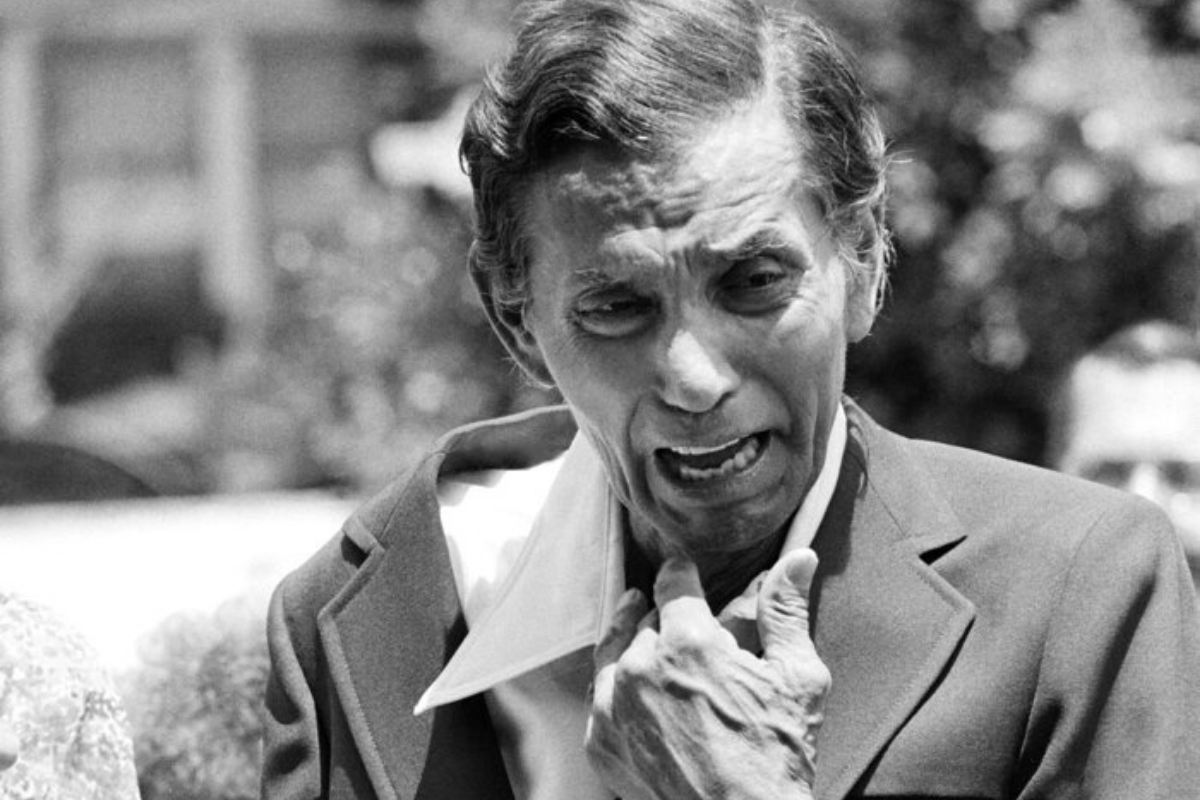
Actor Jay Silverheels who played Tonto in the popular television series of the 1950's, "The Lone Ranger" cries during a Hollywood Walk of Fame ceremony in Los Angeles, Thursday, July 19, 1979. (AP Photo/Huynh)
In addition to starring on the TV series during its entire run, Silverheels also appeared in the film sequels — The Lone Ranger (1956) and The Lone Ranger and the Lost City of Gold (1958). After over 200 episodes of The Lone Ranger, Silverheels continued appearing on western shows through the 60s and 70s like Gunslinger, Wagon Train, Rawhide, Daniel Boone, and The Virginian. He even appeared on The Brady Bunch.
Silverheels was undoubtedly aware of the blatant typecasting of his best-known role, but he continued to poke fun at it throughout his career. He even appeared in a sketch as Tonto on The Tonight Show with Johnny Carson. But more importantly, he became a huge advocate for indigenous people in the entertainment industry. He founded and ran the Indian Actors Workshop in Los Angeles during the 60s which is still functioning to this day in the Echo Park neighborhood.
Over the years, Silverheels had six children — son Steve, daughters Marilyn, Gail, Pamela, and Karen, and a second son, Jay Anthony Silverheels Jr. In 1980, the actor passed away from complications following a stroke and his former co-star Clayton Moore rode a painted horse in his honor at the annual Roses Parade in Pasadena. Though neither actor are with us anymore, the legend of the Lone Ranger and Tonto will live on in reruns, as Moore and Silverheels masterfully brought the characters to life in a way that no one else has been able to truly replicate.
Now Watch: Andy Griffith's 1953 Comedy Bit 'What it Was, Was Football' Still Makes Us Laugh
